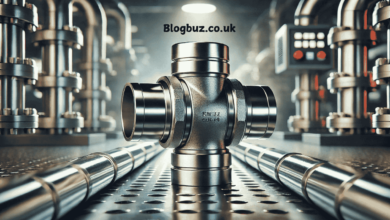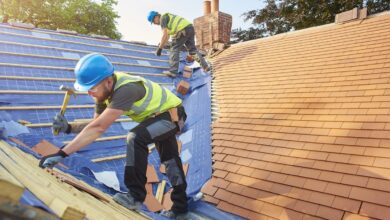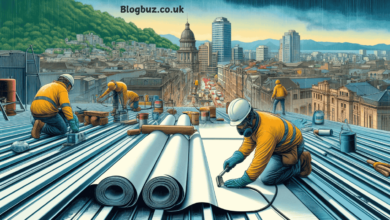What Does A Home Inspector Really Look For? A Buyer’s Guide
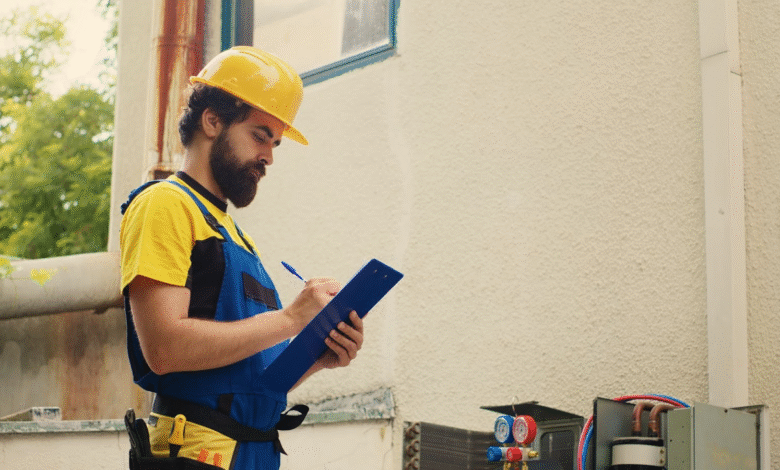
Buying a home is exciting. But to be honest, it can also be a little scary. You want to ensure you’re not walking into a house full of hidden problems. That’s where a home inspector comes in. They don’t just walk through the home and say, “Looks good.” They check all the essential parts of the house and help you understand what you’re buying.
So, what does a home inspector look for? They look for things that could affect your safety, comfort, and money. Some problems are apparent, but others can hide behind walls, ceilings, or pipes.
This guide will explain what a good inspector checks and why each matter before buying a home.
1. Structural Integrity
The first thing an inspector looks at is the house’s structure, including the walls, roof framing, ceilings, floors, and support beams. These pieces keep the home together; the entire house could be in danger if they are weak or broken.
Finding structural flaws is difficult, especially if you don’t know what to look for. Cracks in the walls or flooring that slope down could be a sign, as could doors or windows that don’t close all the way.
A home inspector will look at the outside and inside of the basement or crawl space. They will look for signs of water damage or movement. They will also check the roof and attic to ensure they are strong. A home with a firm structure gives you peace of mind. You should know if there is damage before you agree to anything.
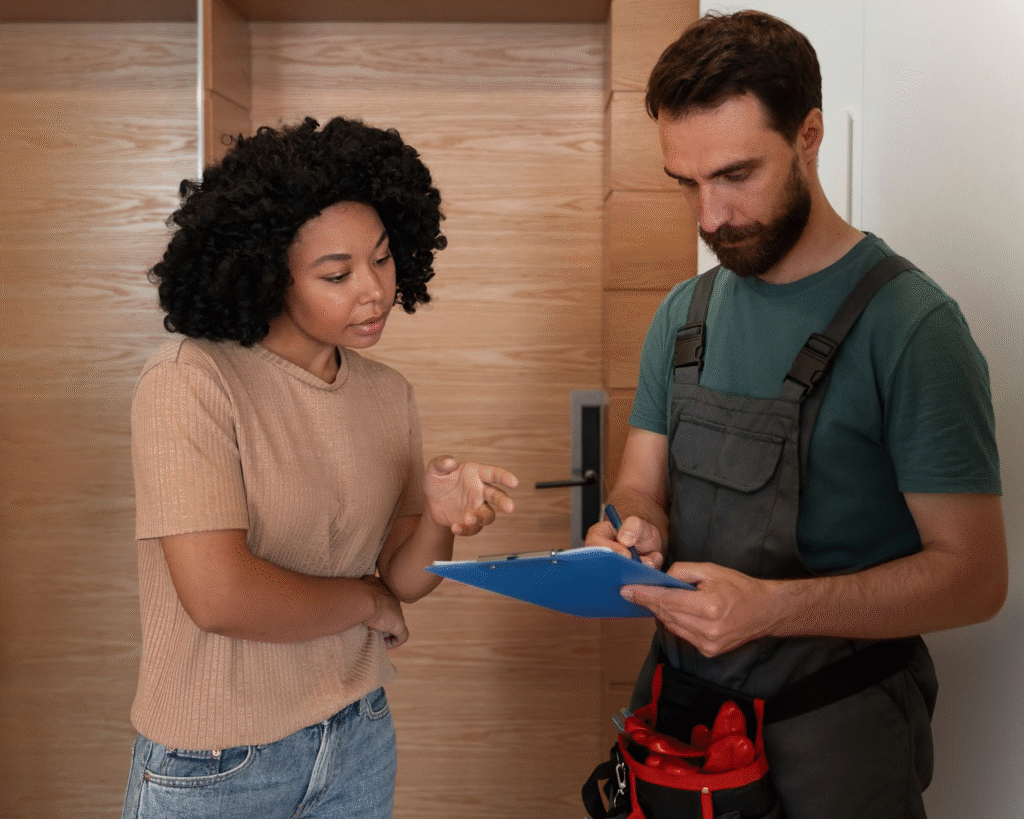
2. Electrical and Plumbing Systems
Next, the inspectors check the plumbing and electrical wiring very carefully. These systems are essential for daily life. You want your lights to operate well, your appliances to work, and your water to flow. Bad electrical systems can start to fire. If the plumbing is bad, leaks, mold, or costly repair fees might occur.
The inspector will check for exposed cables, test outlets, and open electrical panels. They will also check for leaks in the pipes, test the water pressure, and ensure the drains are functioning perfectly. They’ll check under the sinks, in the attic, and around the water heater. If the home has old wiring or outdated plumbing materials like lead pipes, that’s something you need to know. It could be expensive to fix.
Identifying these problems early on helps you determine whether the house is worth the money or if you should ask the seller to address them first.
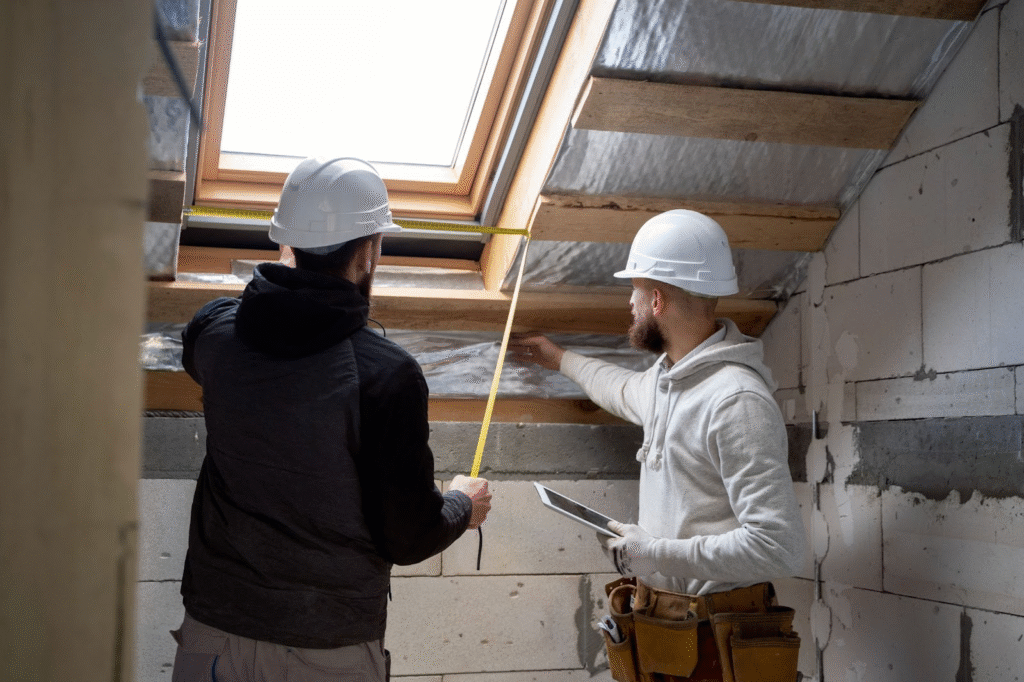
3. Heating, Cooling, and Ventilation (HVAC)
A sound HVAC system keeps your home warm in the winter and cool in the summer. That’s why inspectors also examine the heating and cooling systems. They want to make sure that everything functions well and safely. This examination phase is critical since replacing a faulty furnace or air conditioner might cost thousands of dollars.
The inspector will check the thermostat, air conditioner, and furnace. They’ll also inspect the ventilation system to ensure air moves through the house as it should. They might also inspect the ductwork and look for signs of poor air quality, such as dust accumulation or mold growth near vents.
The inspector will note in the report if the HVAC system is old or not working correctly. You might still desire the house, but you’ll be better prepared to identify what needs to be replaced or negotiated for a lower price before you buy.
4. Hidden Issues with Infrared and Thermal Imaging
Some inspectors employ instruments like thermal cameras to discover faults that can’t be seen with the naked eye. This is known as thermal or infrared imaging. It helps detect missing insulation, water leaks, or heat loss. If you don’t repair these issues, they could cause more severe problems later.
With a thermal camera, the inspector examines the walls, ceilings, and floors. The camera can detect hot or cold areas. If one wall area is cooler than the rest, it could signal that water is leaking or that insulation is missing. This assessment is very good at finding hidden mold, roof leaks, or electrical hot spots.
Thermal imaging damages nothing and gives you extra peace of mind. It’s an excellent tool for inspecting homes, especially older ones or ones that have been fixed up in the past.

5. Mold, Radon, and Other Environmental Hazards
Home inspectors may also check for things that affect your health, not just the home’s structure. Radon, mold, and lead-based paint are some prominent examples. These things might not hurt the house, but they can hurt people there.
Mold examinations look for mold and moisture in attics, basements, and behind walls. Radon testing looks for a natural gas that can come from the ground and get stuck in homes. Long-term exposure to high amounts of radon can cause problems with the lungs. Lead-based paint can also pose a problem in older homes if you have young children.
These checks are typically extra services, but they are worth it. It’s just as crucial to know that the air you breathe and the walls you touch are safe as it is to have running plumbing or a robust roof.
Conclusion
A home inspection is more than just a checklist. It’s your chance to understand the home you want to buy. A good inspector helps you avoid nasty surprises by checking everything from the building’s structure and systems to hidden problems and safety hazards. You don’t want to find problems after moving in when it’s too late or too expensive to address.
Knowing what an inspector is looking for can help you make a more intelligent choice. You can bargain, make plans, or walk away if the risks are too severe. Always remember that an inspection is for the house and your peace of mind.
